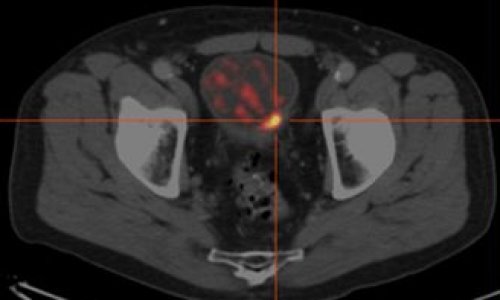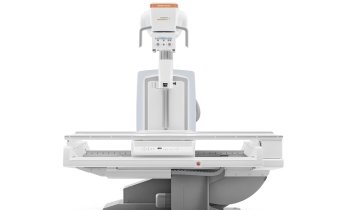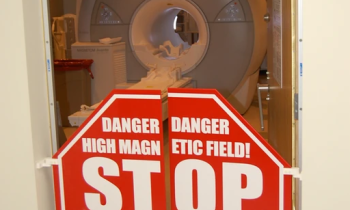Bladder cancer update
In developed countries, bladder cancer is the fourth most frequent cancer in men and the ninth in women, and it greatly challenges patient management and cost containment. However, it is under-represented in public awareness and in cancer research.

Interviewed in Milan during the 28th Annual Congress of the European Association of Urology, expert Professor Didier Jacqmin explained that his interest flared in the 1980s, when many patients arrived at the clinic with bladder cancer. ‘Many were exposed to risk factors such as mining and industrial work, but also were smokers. Most were in poor condition and had very advanced stages of the disease. At that time we only had limited options, such as bladder removal.
‘As the industrial risk factors decreased,’ he recalled, ‘over time we saw more cases of non-invasive bladder cancer in people who smoked. We also saw high rates of recurrence of 60-70% in the first three years after being diagnosed with non-muscle-invasive bladder cancer.
‘There are still strong differences in bladder cancer across Europe,’ he pointed out. ‘In Eastern Europe you find countries in which mining and industrial risk factors are still predominant or were a few years ago. In those countries my colleagues are confronted with the same challenges we saw when I started working in bladder cancer.
Counting the costs
‘In muscle-invasive cancer the costs can easily be calculated. You have expensive surgery at the beginning but after that the follow-up is quite simple. In other forms of cancer, such as non-muscle-invasive bladder cancer, you have very intensive follow-up plans, which are quite expensive.’
Improving patient management
‘First we improved surgery knowing that, in some situations, we could replace the bladder. However, this cannot be performed in all patients. After that, chemotherapy was developed. Bladder instillations like mitomycin in non-muscle-invasive cancers and systemic chemotherapy for muscle-invasive cancer showed good results.
‘The next step was an improvement of the instruments from rigid to flexible and now to high definition video cystoscopes. The latest development for non-muscle-invasive cancer is the optical imaging agent hexaminolevulinate in combination with blue light-guided cystoscopy. Using this technique since 1999, we can detect more lesions. Overall, the peak of the evolution in the management of bladder cancer we see today is the much better detection of bladder cancer.’
Hexaminolevulinate advantages and restrictions
Recurrence reduces when using Hexaminolevulinate. ‘This has been shown in many studies and I can see it with my patients,’ he confirmed. So are there restrictions to use? ‘It’s unnecessary in very large tumours. Even in respect to the guidelines, I sometimes do not use it when the tumour is over three centimetres.’
Blue light-guided cystoscopy cost benefit assessment
‘This is difficult because it depends on the country you work in and its associated health system. However, by reducing the recurrence rate, it reduces the number of hospitalisations and therefore the overall cost. It also has an impact on the quality of life of the patients.’
The learning curve
‘It’s very fast and only takes 10 procedures to acquire the basic skills. You might face challenges that come when you use it on a daily basis. The patients and procedures have to be managed well. This is why we have only been using it in in-patient care so far. But we are also considering using it for out-patient care.
PROFILE
Didier Jacqmin is Professor of Urology at Hôpitaux Universitaires de Strasbourg, France, and a pioneer in bladder cancer treatment. He heads the uro-oncology teaching programme at the Universities of Amiens, Lille, Reims, Dijon, Besançon and Strasbourg. With many years of experience and achievements in his field, he strives to constantly improve patient care and management.
He is an active member of the European Association of Urology (EAU). In 1996, he became a Board Member of the European Urological Scholarship Programme (EUSP) and was later appointed Chairman of the International Relation Office of EAU, where his main task was to develop a relationship between the EAU and the national associations with and beyond Europe. He is currently Chairman of the Strategic Planning Office for EAU. His present research programmes focus on kidney and prostate cancer.
29.04.2013











